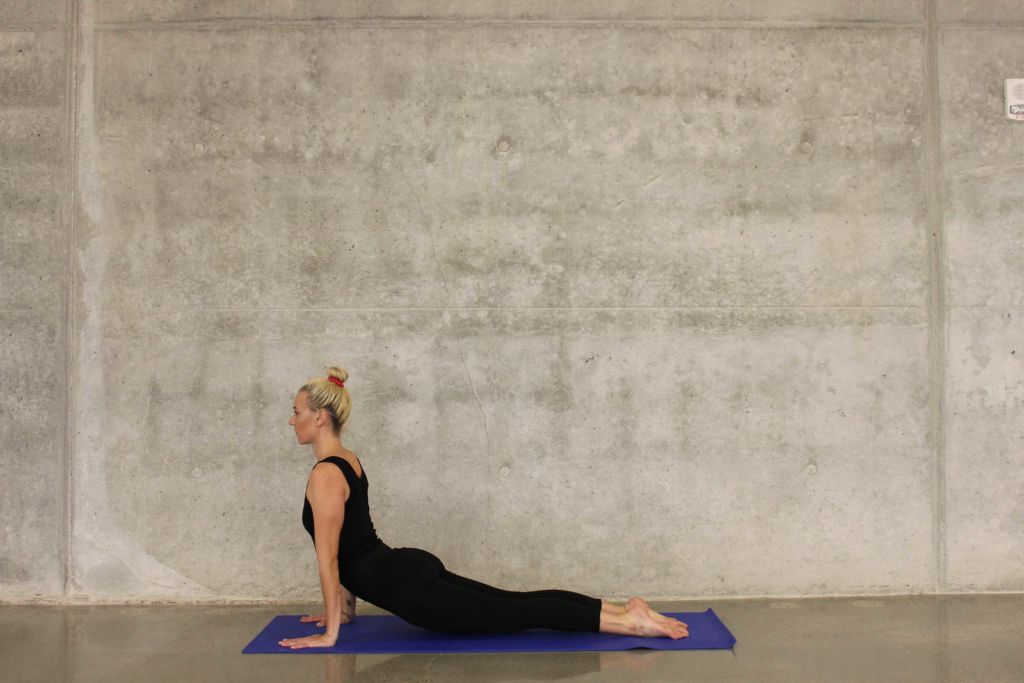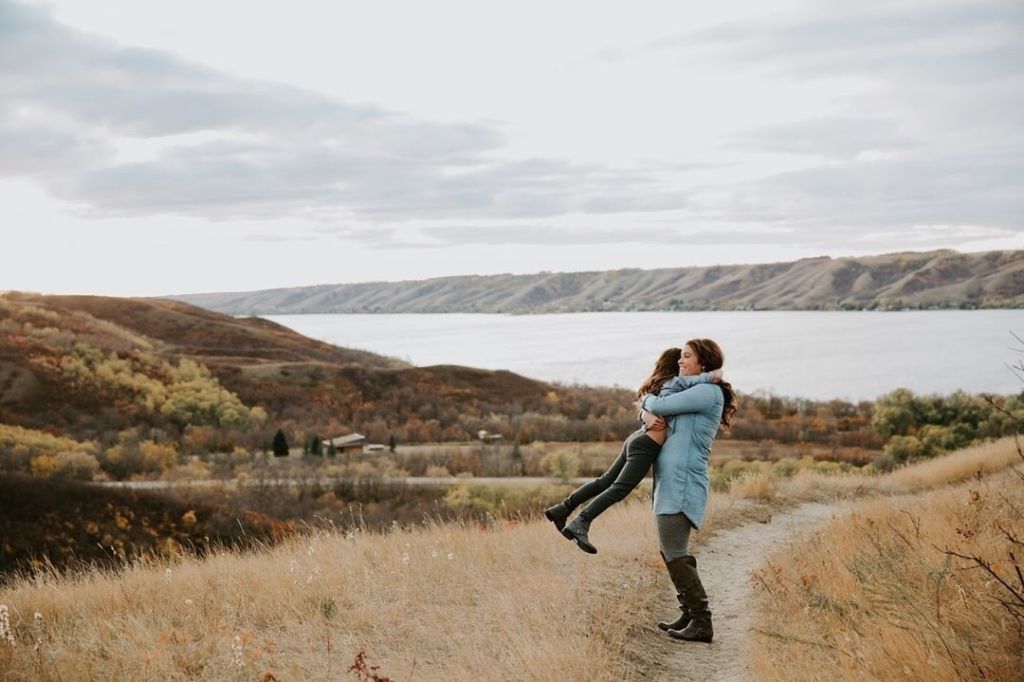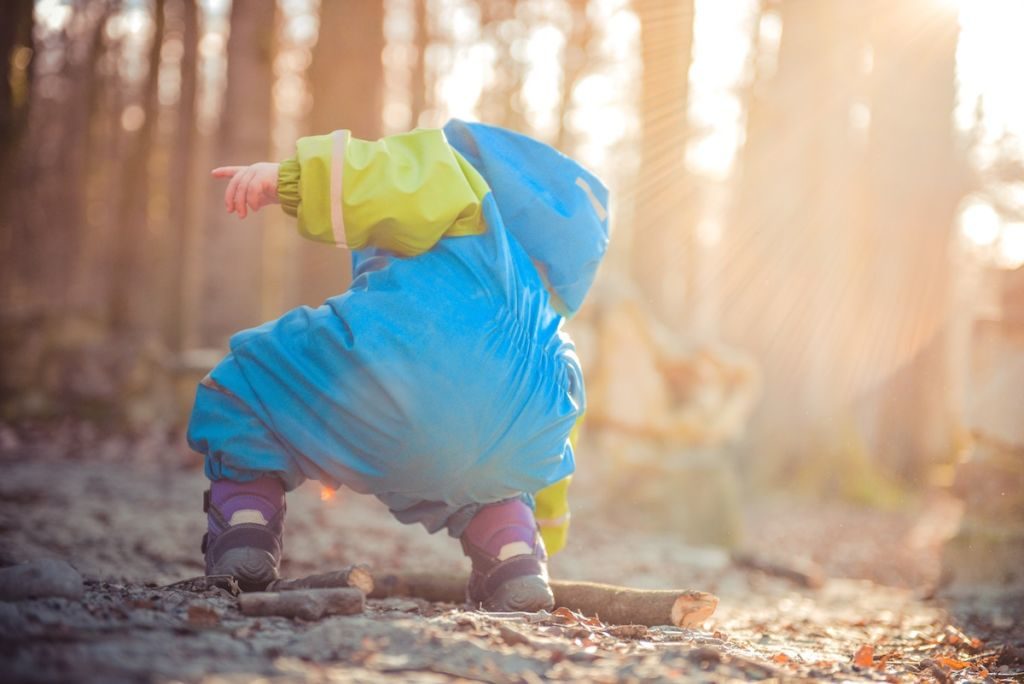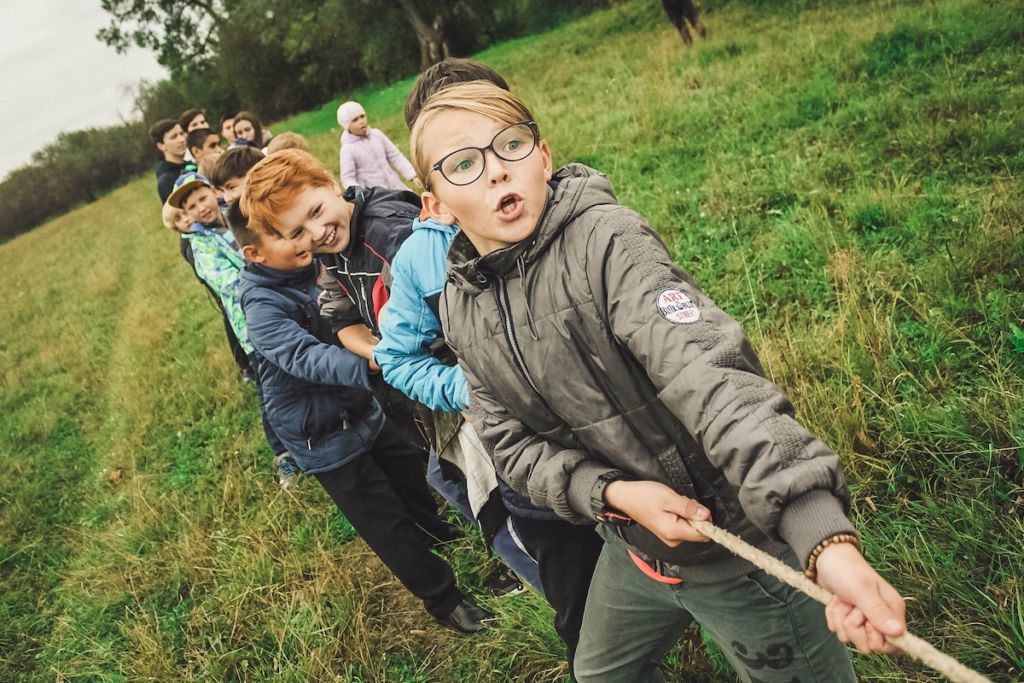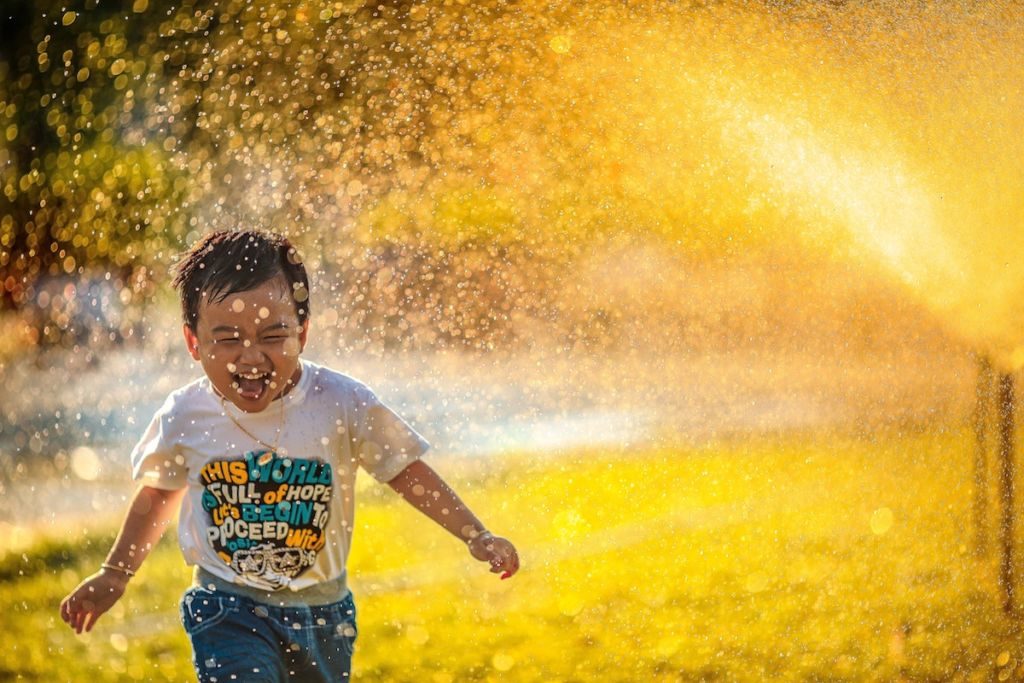We live in a culture that glorifies “busy”. Despite the adrenaline-pumping thrill of knocking things off your to-do list, it’s important to carve out space to breathe, calm down, and process all that “doing”. Our nervous systems and minds need regular breaks to reset and reflect on our rich and full lives.
Yet self-care, which more than half of millennial women resolved to do more of last year, isn’t always easy to incorporate, particularly when it involves booking time to get away to a spa.
The good news is that we don’t need to travel to go to the spa. Once you commit to making the time and space, it’s easy to incorporate some basic rituals that help bring the spa home. After all, home is meant to be a place of restoration, so all the more reason to embrace it.
Here are some easy products and practices that will make an at-home spa day nearly as good as the real thing.
Set up Your Spa Space
Part of a spa’s appeal is simply the care they take in creating a relaxing environment. Find a soothing music playlist to set the backdrop and light a scented candle for some natural mood lighting. Crystal salt lamps also cast a beautiful soft light and are known for gently filtering the air. Awaken your senses with an aromatherapy diffuser to relax your mind and encourage some deep exhalations.
Relax with Massage
Massage is deeply therapeutic, stimulating our circulation and releasing muscle tension which creates deep relaxation. In the absence of a professional massage therapist, we can mimic the benefits of this type of treatment with innovative home massagers that focus on the lower back, the upper back, the hands, and the feet. A 10- to 15-minute treatment will help loosen up sore muscles and release tension that may be contributing to higher stress levels.
Take a Long Bath
The power of salt is not only for mood lighting. Epsom salts are widely used in athletic communities for treating muscle aches and pains. They work by drawing toxins out of the body through the skin, minimizing lactic acid build-up in muscle fibres. To use, add about a cup of epsom salts to a hot bath and soak for 15-20 minutes. Short on time? Try a foot soak instead. After bathing, towel off lightly and let the salt continue to work its magic until your next rinse.
Give Yourself a Facial
Facials are truly the ultimate spa experience. The gorgeous scents, myriad creams, and the care taken in applying each one is what makes a facial so unique. The secret ingredient to a great facial is all in the mask, and what gives us that coveted youthful glow. Luckily, masks are easy to make at home with ingredients found in your own kitchen. Coconut oil, avocados, fruit, yogurt, and oatmeal, are simple ingredients that hydrate, exfoliate, and rejuvenate. Once you’ve blended your mask, apply to clean skin and let sit for 15-20 minutes. After rinsing, don’t forget to moisturize and lock in that new-found glow.
Get a Good Night’s Sleep
Now that you’re massaged, soaked, and masked, the best way to prolong the “aaaahhh” is to get a good night’s sleep. You can support a restful, deep sleep with healthy red reishi mushroom supplements, which are used in Traditional Chinese Medicine to strengthen Qi, boost mood, and encourage sleep.
Make it a Regular Date
Your body and mind will be thanking you for the well-deserved TLC. A regular home spa day (or evening) will go a long way to alleviating chronic stress, restoring your energy, and brightening your mood. With some simple products and strategies, bringing the spa home can be simple, fun, and revitalizing.


















